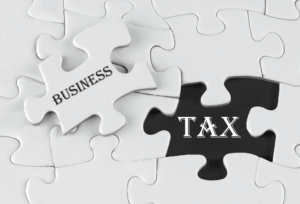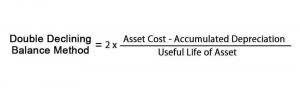The Ultimate Accounting T Chart Cheat Sheet: Everything You Need to Know

For example, if an asset account which is expected to have a debit balance, shows a credit balance, then this is considered to be an abnormal balance. From the table above it can be seen that assets, expenses, and dividends normally have a debit balance, whereas liabilities, capital, and revenue normally have a credit balance. I say normal balances because they don’t always have balances on those sides—but they should. For example, if your checking account is in overdraft then you have negative cash, which would show a balance on the right side instead.
Debits and Credits (Explanation Part
Service Revenues include work completed whether or not it was billed. Service Revenues is an operating revenue account and will appear at the beginning of the company’s income statement. Expenses normally have debit balances that are increased with a debit entry. Since expenses are usually increasing, think “debit” when expenses are incurred.

Revenue Accounts: Documenting Income and Sales
For the revenue accounts, debit entries decrease the account, while a credit record increases the account. On the other hand, a debit increases an expense account, and a credit decreases it. Generally, expenses are debited to a specific expense account and the normal balance of an expense account is a debit balance. An account with a balance that is the opposite of the normal balance.
- For further reading, check out accounting notebook and accounting courses part time.
- Account balances are always calculated at the bottom of each T-account.
- For the past 52 years, Harold Averkamp (CPA, MBA) has worked as an accounting supervisor, manager, consultant, university instructor, and innovator in teaching accounting online.
- For example net sales is gross sales minus the sales returns, the sales allowances, and the sales discounts.
- The debits for each transaction are posted on the left side while the credits are posted on the right side.
- Your goal with credits and debits is to keep your various accounts in balance.
What is a T Account in Accounting?

Ed’s inventory would have an ending debit balance of $38,000. By arranging entries into a “T,” they guarantee accuracy and consistency in entering financial data by clearly illustrating how each transaction affects various accounts. Equity is what is left after normal balance t accounts cheat sheet a business uses its assets to pay off its liabilities. An example from our everyday lives includes using a credit card to purchase items or cover expenses for which we lack funds. Let’s break down a real-world balance sheet to make things crystal clear.
A Comprehensive Guide to Free Financial …
Knowing the normal balance of an account helps maintain accurate financial records, prepare financial statements, and identify errors in the accounting system. This transaction will require a journal entry that includes an expense account and a cash account. Note, for this example, an automatic off-set entry will be posted to cash and IU users are not able to post directly to any of the cash object codes. Because postage was purchased for $12.70, cash, an asset account, will be credited, which will decrease the cash balance by $12.70. Contrarily, purchasing postage is an expense, and therefore will be debited, which will increase the expense balance by $12.70. When the account balances are summed, the debits equal the credits, ensuring that the Academic Support RC has accounted for this transaction correctly.
- Financial Statements are records that show an overview of the financial standing of a company.
- This is to allow for skipping a certain procedure that would otherwise be very costly or too difficult.
- This general ledger example shows a journal entry being made for the collection of an account receivable.
- T-accounts are also known as ledger accounts named after the visual representation of how bookkeeping entries are recorded.
Debits and Credits Outline
An accountant or bookkeeper typically records debits and credits in what is known as a T-account. T-accounts are also known as ledger accounts named after the visual representation of how bookkeeping entries are recorded. Debits are typically recorded on the left and credits on the right. Recording a debit in one account means recording it as a credit in a different, applicable account. For example, crediting an asset account and recording it as a debit in an expense account when making a business expense. Financial Statements are records that show an overview of the financial standing of a company.
Service Revenue Earned but Uncollected

Join over 2 million professionals who advanced their finance careers with 365. Learn from instructors who have worked at Morgan Stanley, HSBC, PwC, and Coca-Cola and master accounting, financial analysis, investment banking, financial modeling, and more. For more on this, dive into our accounting made simple and accounting 101 pdf articles.



